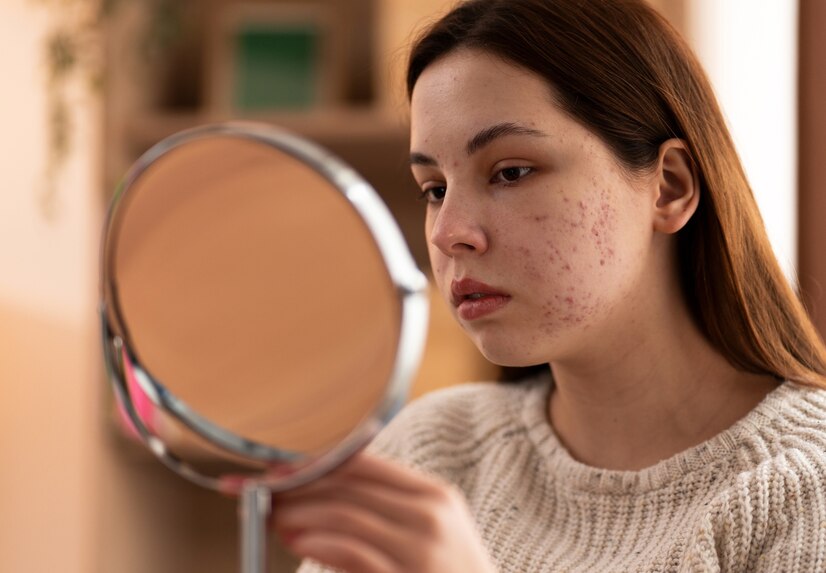Pigmentation refers to the colouring of the skin. Melanin, which is made by cells in the skin, is responsible for your skin’s colour, but skin pigmentation disorders can cause changes to skin colour. Pigmentation issues can range from the appearance of light spots on the skin to dark patches, resulting in an uneven complexion. One of the solutions to address these concerns is seeking a pigmentation treatment in Melbourne, which can treat pigmentation using topical products and light-based therapies. If you’re struggling with pigmentation of the skin, this article will detail what pigmentation is and some of its common causes.
Understanding the Different Types of Pigmentation
The most common pigmentation disorders include melasma, sunspots and post-inflammatory hyperpigmentation. Melasma is often triggered by hormonal changes and is frequently experienced by women, particularly during pregnancy. It appears as dark, irregular patches typically on the face. Sunspots, also known as liver spots or solar lentigines, are common in individuals with prolonged exposure to the sun. Post-inflammatory hyperpigmentation occurs after an injury to the skin or with certain skin conditions like acne.
Common Causes of Pigmentation Issues
Exposure to sunlight is a significant cause of pigmentation issues, as ultraviolet (UV) light accelerates the production of melanin. A natural defence mechanism, this can lead to overproduction in certain areas of the skin, resulting in spots or patches. Genetic factors also play a crucial role, with some individuals predisposed to freckles and other forms of hyperpigmentation. Skin injuries or inflammation can additionally lead to post-inflammatory hyperpigmentation, where the skin darkens in response to trauma.
Lifestyle factors such as poor diet, smoking and inadequate sleep may exacerbate pigmentation problems. Environmental pollutants are also important to be aware of, as these can affect the skin, potentially leading to oxidative stress which can influence melanin production.
Preventive Measures & Lifestyle Adjustments
While it’s impossible to alter genetic predispositions, understanding potential triggers can help manage and prevent the severity of pigmentation problems. It’s essential to incorporate sun-protective measures into your daily routine. Using wide-spectrum sunscreen with a high SPF, wearing protective clothing and seeking shade during the peak sun hours can considerably lessen the likelihood of developing sun-induced pigmentation.
Adopting a healthy diet rich in antioxidants may also help to counteract damage caused by free radicals. Foods high in vitamins C and E, as well as other antioxidants, can support skin health and reduce the risk of pigmentation issues.
Exploring Pigmentation Treatment in Melbourne
For those looking to treat existing pigmentation issues, there’s a range of options tailored to the various types and causes of pigmentation at clinics offering pigmentation treatment in Melbourne. Treatments such as laser therapy, chemical peels and microdermabrasion can be highly effective depending on the depth and extent of pigmentation. These procedures are designed to remove or reduce the appearance of pigmentation by targeting the melanin in the skin or accelerating cell turnover.
Conclusion
If you’re suffering from pigmentation issues on the skin, it’s important to select an appropriate form of pigmentation treatment based on your skin type and specific pigmentation issue. With the right approach, it’s possible to achieve a clearer, more uniform skin tone.



